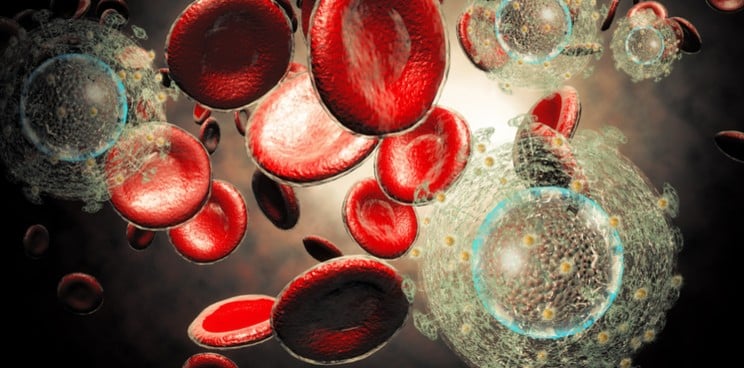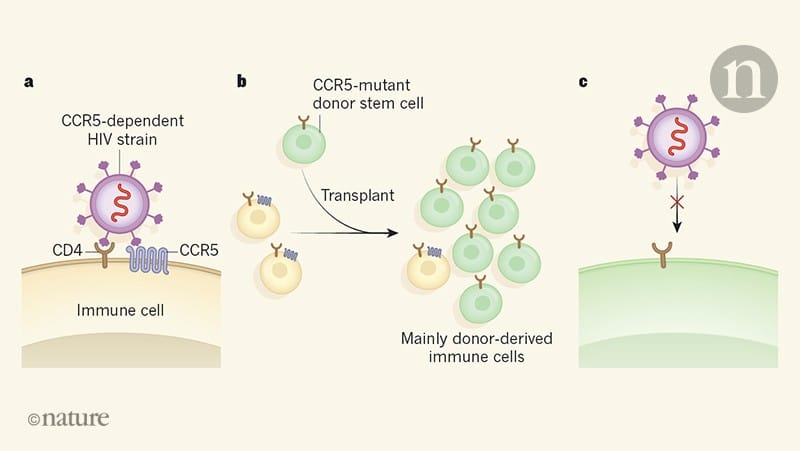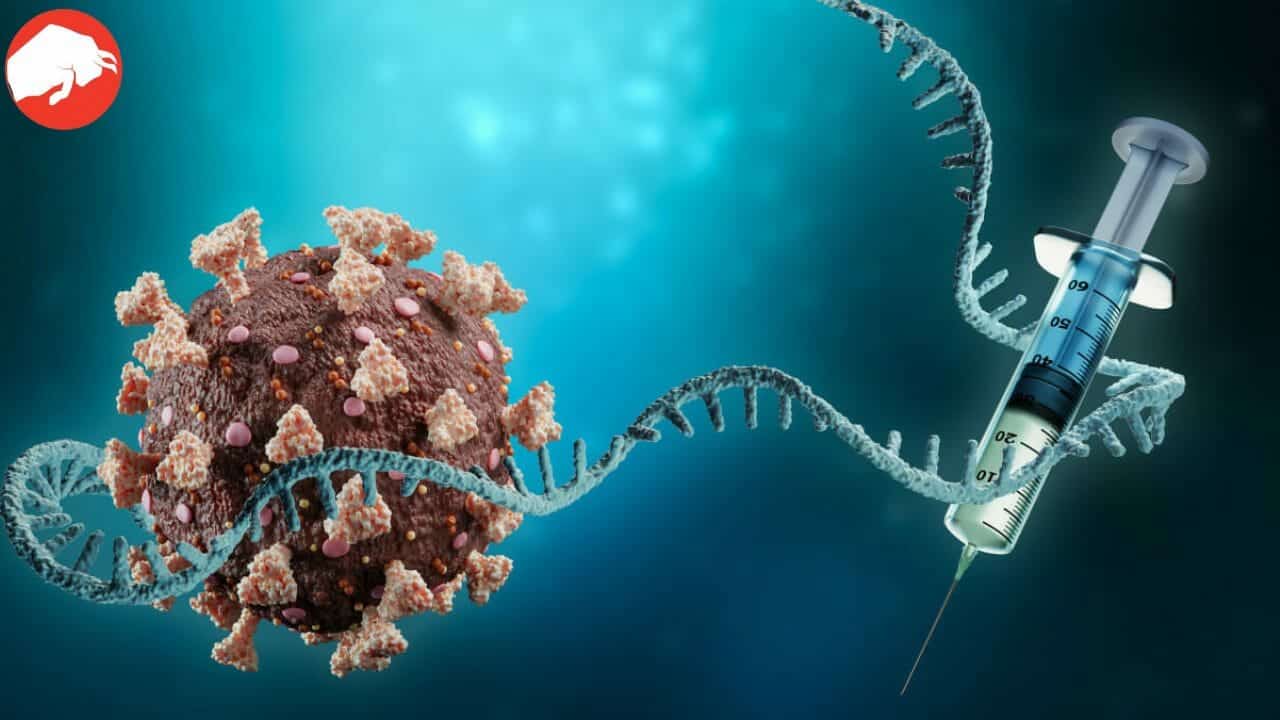World Health Organization (WHO) reports that the number of people with HIV/AIDS is as high as 38.4 million, i.e., 0.4% of the entire population. People have been actively looking for a cure for this deadly disease.
There was an International AIDS Conference in Montreal in July 2022. The scientists at this conference reported that stem cell transplant (SCT) could cure HIV/AIDS. This approach was successful in four cases.
Exciting news in #HIV: Scientists announced that a patient in London 🇬🇧 achieved remission of HIV virus, following stem cell transplants from a donor resistant to HIV. The case encourages further investments to find a cure from deadly HIV infection. pic.twitter.com/lXz4kWYCDJ
— World Health Organization (WHO) (@WHO) March 5, 2019
Even though SCT is a hazardous treatment for an HIV/AIDS patient as they are already in a fatal health condition. But this important development towards finding a cure for HIV/AIDS cannot be ignored due to this factor. HIV/AIDS is an infectious and fatal disease that has been prevailing in society for four decades without a cure.
How SCT helps to cure HIV/AIDS?

Coming across SCT treatment was a pure coincidence. Dr. Neha Rastogi, a consultant of infectious diseases at the Fortis Memorial Research Institute, said that SCT is a blessing in disguise for HIV patients.
Dr. Rastogi said that the first case of HIV/AIDS was detected in Berlin, who was also diagnosed with acute myeloid leukemia, a type of blood cancer. To treat leukemia, the doctors gave the patient a stem cell transplant.

The donor was deficient in the CCR-5 gene, which helps HIV to spread in the body. This helped the patient to get rid of HIV. The CCR-5 deficient bone marrow helped to cure HIV.
#AIDS2022 "City of Hope patient" – 4th stem cell transplant HIV cure. ATI 25M post-transplant. 1 year post-ATI cells were not infectable with R5 virus.
3.5Y post-HCT and 17M post-ATI remains HIV free pic.twitter.com/Is7npuxM21
— Laura Waters (@drlaurajwaters) August 1, 2022
HIV/AIDS creates tiny particles that bury themselves inside the hidden sanctuary sites in the bone marrow mainly.










